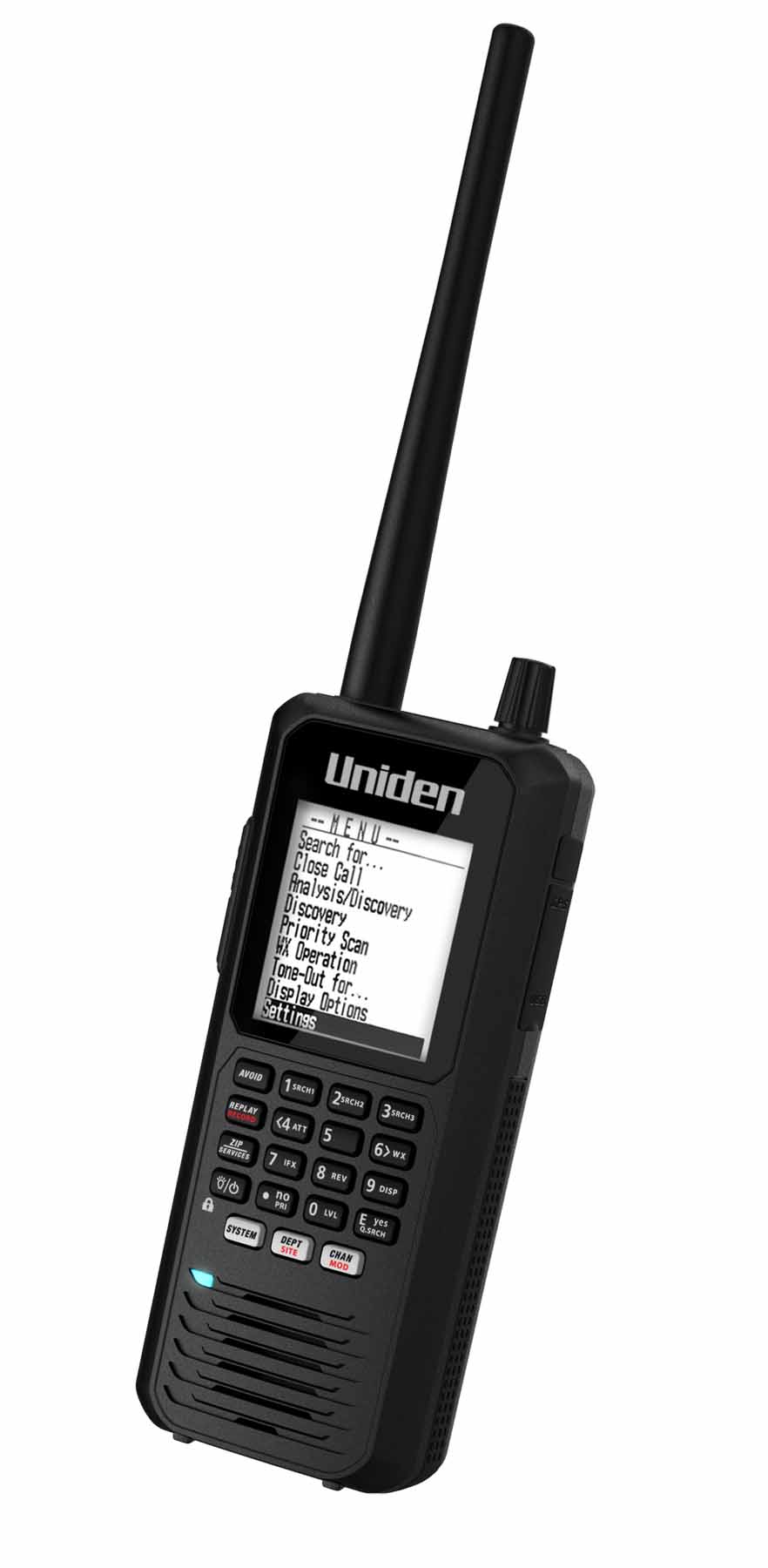Introduction:  Amateur Radio, also called Ham radio, is a hobby that has fascinated people for over a century. It’s a means of communication that allows people to connect with others from around the world, using radio waves to transmit voice, data, and images. Ham radio is not only a fun pastime but also a valuable service that provides communication in times of emergency or disaster. Let’s explore the virtues of ham radio, how to get licensed, why to get licensed, and the benefits of ham radio. We’ll also delve into electronic bulletin board systems (BBS) and how an ‘old’ predecessor to the internet can enrich your ham radio experience.
Amateur Radio, also called Ham radio, is a hobby that has fascinated people for over a century. It’s a means of communication that allows people to connect with others from around the world, using radio waves to transmit voice, data, and images. Ham radio is not only a fun pastime but also a valuable service that provides communication in times of emergency or disaster. Let’s explore the virtues of ham radio, how to get licensed, why to get licensed, and the benefits of ham radio. We’ll also delve into electronic bulletin board systems (BBS) and how an ‘old’ predecessor to the internet can enrich your ham radio experience.
What is Ham Radio?
Ham radio is a type of two way radio communication that is conducted by licensed individuals. The term “ham” was coined in the early 1900s as a derogatory term for amateur radio operators. However, the term has since been embraced by the amateur radio community and is now a term of endearment.
Ham radio is a diverse hobby that offers a wide range of activities, including voice communication, digital communication, satellite communication, and emergency communication. One of the unique aspects of ham radio is that it offers the ability to communicate with people from all over the world, often with no infrastructure beyond the radio equipment itself (no internet or cell service).
Getting Licensed:
Getting licensed to transmit on the ham bands is relatively easy because the tests are made up of published multiple-choice questions. No Morse code is required. The exam covers basic radio theory, regulations, and operating procedures. There are three levels of licenses: Technician, General, and Amateur Extra. Each level allows for different privileges, including access to different frequencies, modes of operation, and power levels.
Why Get Licensed?
Getting licensed to operate a ham radio offers many benefits. Ham radio is a fun and challenging hobby that can be enjoyed by people of all ages. It provides an opportunity to meet new people and make friends from around the world. Ham radio also provides a means of communication during emergencies or disasters when other communication methods may be unavailable.
Benefits of Ham Radio: Ham radio offers a wide range of benefits, including:
- The ability to communicate with people from around the world.
- The ability to participate in various types of communication, including voice, digital, satellite, and emergency communication.
- The ability to experiment with radio equipment and antennas.
- The ability to learn about radio theory, regulations, and operating procedures.
- The ability to participate in contests and other activities that challenge and hone your radio skills.
Electronic Bulletin Board Systems (BBS):
Electronic bulletin board systems (BBS) are a type of online community that has been around since the early days of the internet. BBS systems allow users to post messages, share files, and participate in discussions on a wide range of topics.
BBS systems are an excellent resource for ham radio enthusiasts, as they offer a way to connect with other ham radio operators and learn about new equipment, techniques, and operating procedures. To connect to a BBS system, you’ll need a telnet client such as Syncterm software. The telnet protocol allows you to connect to the BBS system without having a dial-up modem. While telnet is included with many modern operating systems, the Syncterm program provides telnet as well as the ANSI graphics that BBS systems have always used.
Conclusion: Ham radio is an exciting hobby that offers many benefits to those who participate. Getting licensed is relatively easy and provides access to a wide range of activities and communication modes. Electronic bulletin board systems (BBS) are an excellent resource for ham radio enthusiasts and offer a way to connect with other operators and learn about new equipment and techniques. If you’re interested in ham radio, getting licensed and exploring the world of radio communication is an excellent place to start.